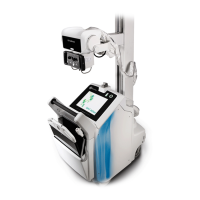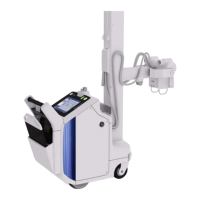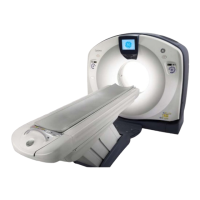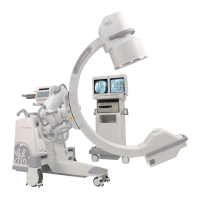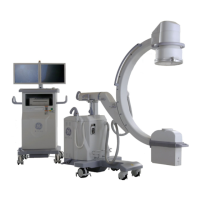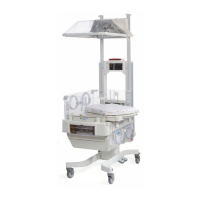Chapter 3: Pediatrics and small patients
5495975-1EN Rev.9 3-2
© 2013-2017 General Electric Company. All rights reserved.
What Do I Need to Know About?
This section presents the concepts necessary to understand Pediatric x-ray imaging. The concepts you
need to understand are:
• Radiation Exposure Sensitivity
• Suggestions for Minimizing Unnecessary Dose
• Guidelines for Adjusting Individual Exposure Parameters by patient
• Patient Dose Reporting
• Dose Index Reporting Considerations
• Protocol Database Edit
Everyone shares the responsibility of minimizing pediatrics dose. There are several steps that can be
taken to reduce the amount of radiation that pediatrics and small patients receive from x-ray
examinations.
Radiation Exposure Sensitivity
Radiation exposure is a concern in all people of all ages, however, pediatrics are more sensitive to
radiation exposure. Radiation risk is higher in the young as they have more rapidly dividing cells than
adults. The younger the patient, the more sensitive they are.
Suggestions for Minimizing Unnecessary Dose
• Image the Anatomical Region Indicated (Collimation): Collimation and anatomical coverage should
be carefully considered prior to each exposure. Follow your facility imaging guidelines to determine
appropriate collimation.
• Properly Center All Patients: In addition to collimation, centering of intended anatomy should be
considered. This is especially true when utilizing AEC/ion chambers. Improper centering over ion
chambers may cause more or less than the desired dose which may lead to overexposure or repeat
exposure.
• Check Technical Factors Before Exposure: Review technical display carefully before making an
exposure to verify selected and intended technique are the same. Pay particular attention to
placement of decimal point in display of numerical values.
• Use Pediatric Positioning Accessories: Approved Pediatric positioning accessories are often useful for
certain patients and exams. These may be helpful in decreasing motion that may contribute to
repeat exposure. Understand your facilities guidelines when implementing these devices.
• Protective Apparel/Barriers/Shielding: When applicable, utilize proper protective measures as they
comply with your facility guidelines.
• Consider Patient Radiation Safety Protocols: Ensure understanding and conformance of Patient
Radiation/Protection Safety and ALARA principles as required by your facility. This includes patient
shielding to reduce exposure to unintended areas.
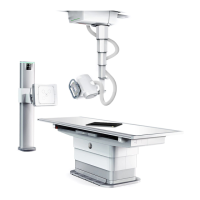
